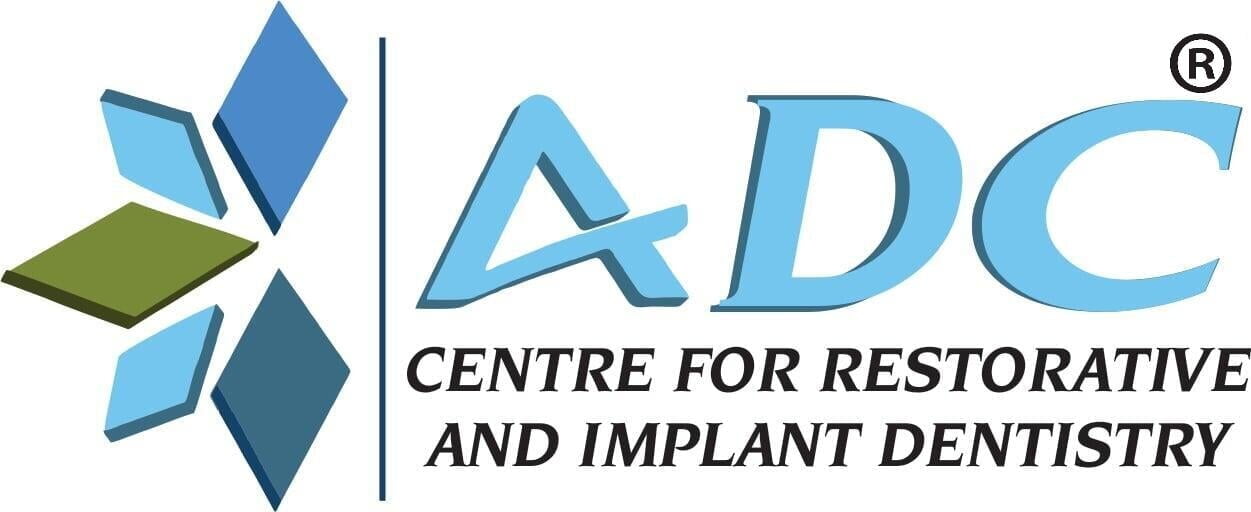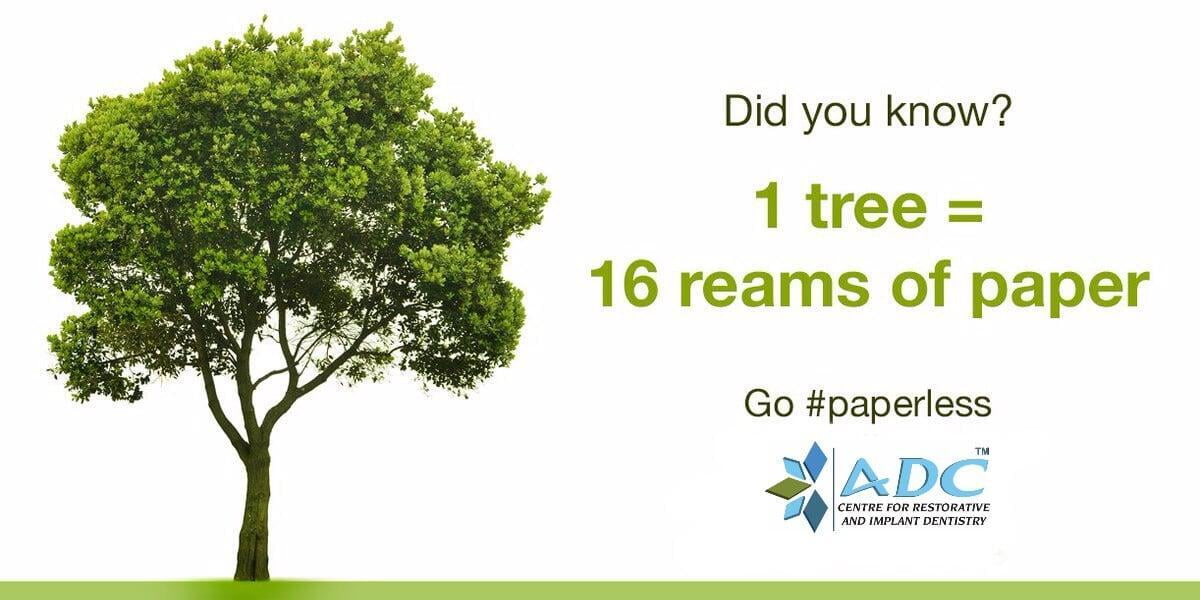By addressing few reasons for Root Canal Retreatment, we hope to provide you clarity and dispel any misconceptions surrounding the root canal treatment. Root canal retreatment is a treatment procedure often performed when a previously endodontically or RCT treated tooth still exhibits signs of infection or persistent symptoms. While in most of situations root canal treatment (RCT) is generally successful in saving teeth, however there are situations where retreatment becomes absolutely necessary. In this article, we have tried to explain the reasons why root canal retreatment may be required and shed light on when it becomes necessary. Your dentist can provide you personalised care and guidance required to ensure a smooth and comfortable Root Canal Retreatment.
Incomplete Initial Treatment
Sometimes, the initial root canal treatment may not completely eliminate the infection or adequately clean the root canals. The curvature in Roots or incomplete root canal filling due to decreased mouth opening are the most common causes that can lead to a recurrence of symptoms, such as pain or swelling, necessitating root canal retreatment.
New Infection
A previously treated tooth can develop a new infection if bacteria re-enter the tooth due to factors like decay, cracks, or dental trauma. In such cases, root canal retreatment is needed to address the new infection and save the tooth.
Delayed Crown Placement or Cracked or Damaged Restoration
After a root canal treatment, a dental restoration, such as a filling or crown, is placed on the tooth. This restoration helps to seal the tooth and protect it from further damage. If the restoration becomes compromised due to factors like trauma, decay, or wear, bacteria can infiltrate the tooth through the cracks or openings. This can lead to reinfection of the root canal system. A cracked, broken, or damaged restoration may be accompanied by symptoms such as pain, sensitivity, swelling, or a recurring abscess. These signs indicate the need for root canal retreatment to address the reinfection. If you suspect that the restoration on your root canal-treated tooth is compromised, it is crucial to consult with a dentist or endodontist. They will examine the tooth, assess the condition of the restoration, and determine the appropriate course of action. If root canal retreatment is necessary, the dentist will remove the damaged restoration, clean the canals, and disinfect the tooth to eliminate the infection. The canals are then filled with new filling material, and a new restoration is placed to seal the tooth. Depending on the extent of damage, different restoration options may be considered. It can range from a simple filling to a crown, depending on the amount of tooth structure remaining and the functional requirements.Remember, addressing a cracked, broken, or damaged restoration promptly is crucial to prevent reinfection and preserve the tooth. Regular dental check-ups and maintaining good oral hygiene practices can help detect any issues with the restoration early on.
Persistent Symptoms
Lingering pain in tooth, sensitivity to hot or cold, or swelling around a previously root canal treated tooth could indicate an unresolved or persisting infection. In such cases, root canal retreatment is performed to address the underlying cause of the persistent symptoms.
Missed Root Canals:
In some instances, the original root canal treatment may have missed certain canals or complex anatomy, leading to a reinfection. Root Canal Retreatment involves identifying and cleaning these missed canals to ensure complete eradication of infection.
If you are experiencing symptoms or have concerns about a previously treated tooth, it is essential to consult with a dentist or endodontist. They can evaluate your situation and determine if root canal retreatment is necessary to save your tooth and restore your oral health.Remember, each case is unique, and the need for root canal retreatment depends on various factors. Early detection and prompt treatment can significantly increase the chances of a successful outcome and long-term tooth preservation.
Join the movement #paperless
Going Paperless can help save the Earth from climate change and biodiversity loss. It is a big task, but we know we can do it together. Get Help in going Paperless.
Medical Disclaimer:
The content of ADC-Centre for Restorative and Implant Dentistry's Blog/website is for information only, not advice or guarantee of any outcome. Information is gathered and shared from reputable sources; however, ADC-Centre for Restorative and Implant Dentistry is not responsible for errors or omissions in reporting or explanation. No individuals, including those under our active care, should use the information, resources or tools contained within to self-diagnosis or self-treat any health-related condition. ADC-Centre for Restorative and Implant Dentistry gives no assurance or warranty regarding the accuracy, timeliness or applicability or the content.
ADC-Centre for Restorative and Implant Dentistry accepts no liability for errors, inaccuracies, omission, or misleading statements. ADC-Centre for Restorative and Implant Dentistry excludes liability for any losses, demands, claims or damages of any kind regarding information, content, or services at this blog/website. The information may be updated at any time, especially as medical/dental discoveries and research evolves regarding the dentistry and its conditions. At no time does ADC-Centre for Restorative and Implant Dentistry take any responsibility for any action taken or care chosen in reliance on information contained in this blog or this website.
















